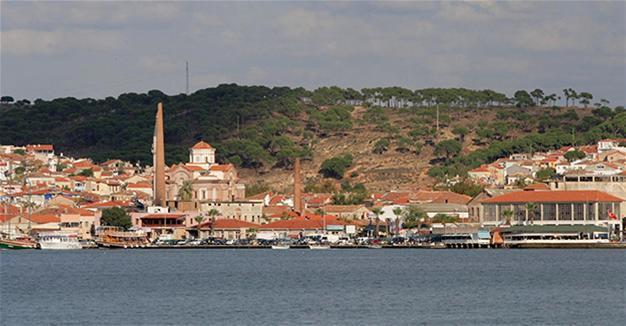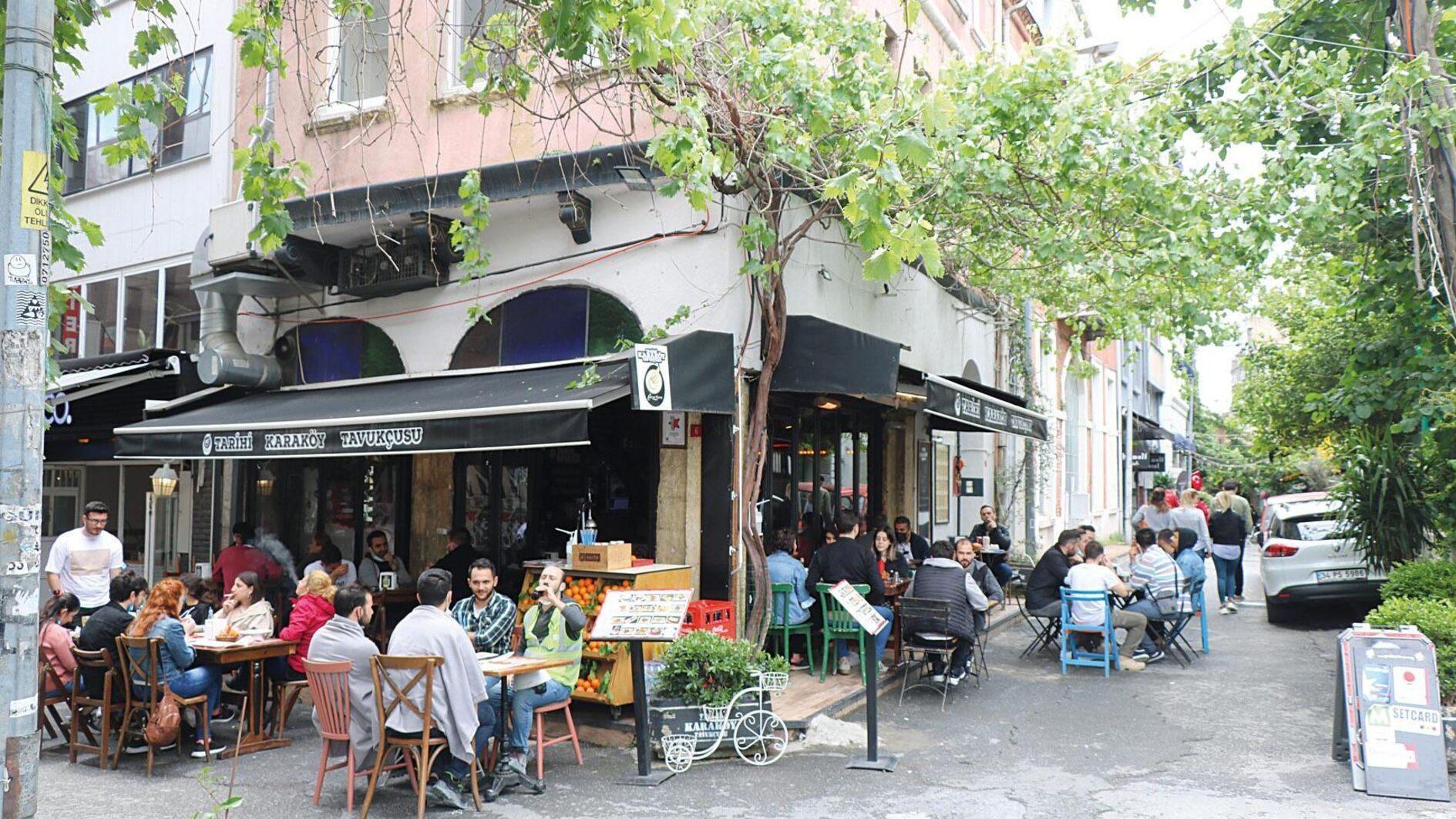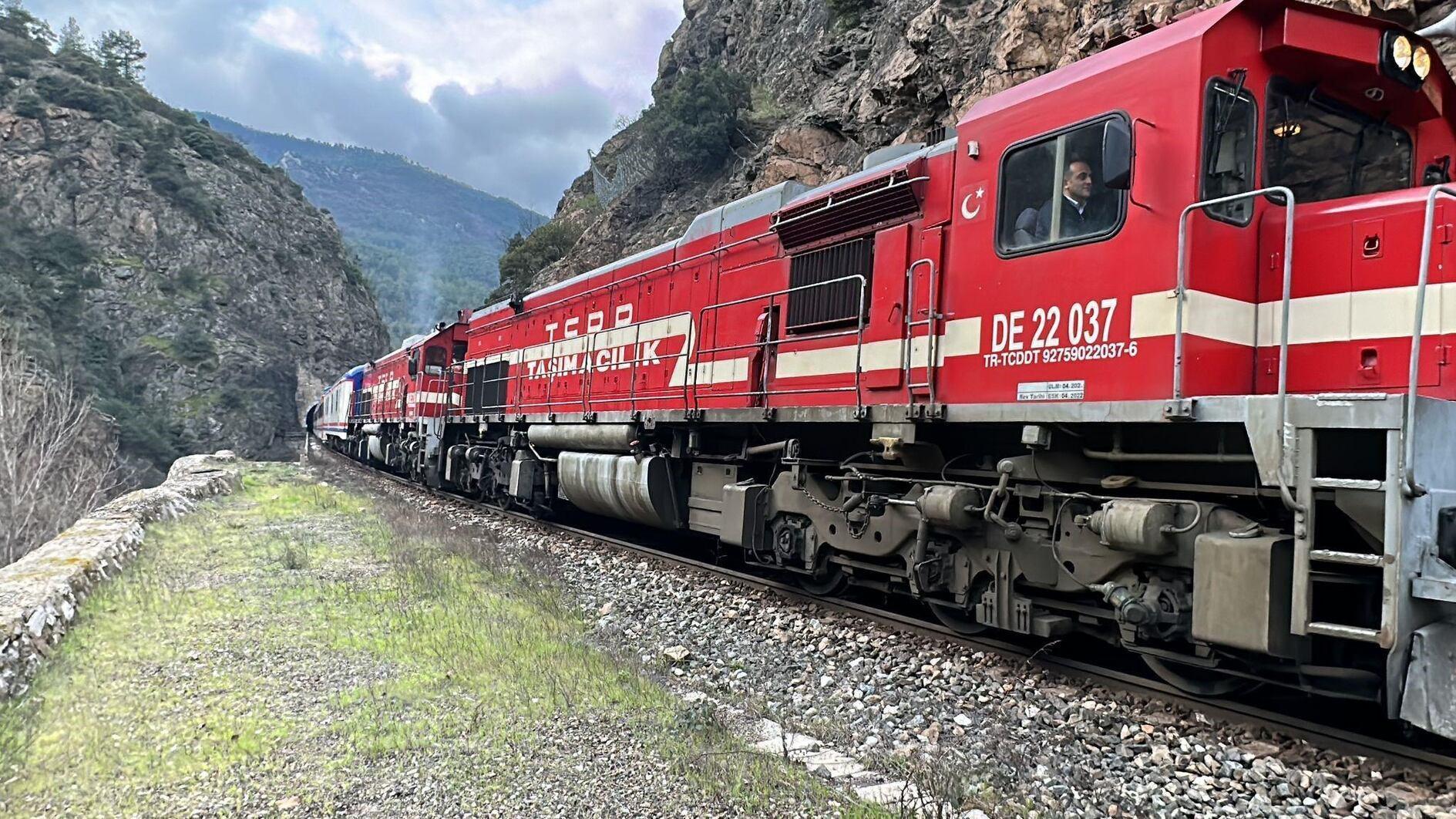An outstanding olive landscape
Aylin Öney Tan - aylinoneytan@yahoo.com
 Does the landscape that surrounds us define our culture? My answer would be a definite yes. The natural environment dictates what we eat, what we produce, what we create, and even how we think. Having a background of architecture and conservation practices, I get excited to see that heritage sites are now being evaluated as cultural landscapes; in certain cases, having an agricultural landscape is an integral part of heritage. In most cases, agriculture is an inseparable part of our heritage; as its name readily includes, it is a part of our culture and the basis of our existence in nature.
Does the landscape that surrounds us define our culture? My answer would be a definite yes. The natural environment dictates what we eat, what we produce, what we create, and even how we think. Having a background of architecture and conservation practices, I get excited to see that heritage sites are now being evaluated as cultural landscapes; in certain cases, having an agricultural landscape is an integral part of heritage. In most cases, agriculture is an inseparable part of our heritage; as its name readily includes, it is a part of our culture and the basis of our existence in nature. Recently, three more sites in Turkey were included on UNESCO’s tentative list of World Heritage. Two are in northwestern Turkey; the archaeological site of Assos in Çanakkale province, and the town of Ayvalık as an industrial landscape. The other is İvriz in central Turkey, in Konya province, in the category of cultural landscape. The criterion to be included on the World Heritage List is clear; the sites must be of outstanding universal value and meet at least one of 10 selection criteria, the first of which is to represent a “masterpiece of human creative genius.” In recent years, UNESCO has started to emphasize the concept of cultural landscape; sites that are nominated try to display their multifarious assets. A cultural landscape is defined as “a geographic area, including both cultural and natural resources and the wildlife or domestic animals therein, associated with a historic event, activity, or person or exhibiting other cultural or aesthetic values.”
Sites where overlapping natural and manmade cultural assets are present are becoming more accepted on the World Heritage List. All recent three Turkish sites in the tentative list are unique sites that perfectly fit the new concept of cultural landscape, and two strangely having a food connection – particularly Ayvalık, needless to say.
İvriz is home to two massive Neo-Hittite rock reliefs, depicting the weather God Tarhunzas with two major crops of Anatolia, a grape bundle and grape leaves hung in his belt and a bunch of wheat stalks held in his hand. The site is also the only known and preserved water sanctuary of the late Hittite period; interestingly the place is still used as a favorite place to get drinking water by locals now. This is the ultimate representation of the agriculture dominant that as dominant in that part of Anatolia in the late Bronze period. İvriz provides one of the most important clues about the past Anatolian agriculture.
Needless to say, Ayvalık is all about olives. It has a unique geographical setting in the north Aegean region, just south of the Kaz Mountains, and is backed by the Madra Mountain that stretches from north to south in an arch on its eastern side. On its western side, it faces the Aegean Sea and 22 islands in the close proximity.
The biggest of the islands, Cunda, which is now connected to the mainland by an infilled-land road, has been inhabited since the 10th century. The existence of olive groves, which cover almost 41.3 percent of the region and bear about 2 million olive trees, gives Ayvalık a natural character. Funnily, the town gets its name from another fruit, quince; the town is known in Greek as Kydonia and in Turkish as Ayvalık, although both names come from quince. Yet there is no doubt that it is the olive that is the sole product here. The region was originally home to wild olives (Olea oleaster) that were grafted by people to produce an oil-yielding crop. In time, the plant came to be the very essence of the existence of the town of Ayvalık.
According to sources, Ayvalık has been a developed settlement where Christians and Muslims have lived together since 1580. The rapid development of the settlement started after the 18th century when the olive oil trade became more important. As a result of advances in the production of olive-based produces like olive oil and soap, Ayvalık became an important trade port after the 1880s. This economic success produced an unparalleled cultural identity that found its physical expression in the urban fabric and architecture. Here the town is practically shaped by the olive culture; even the street patterns follow the routes directly going from the groves to the olive-oil presses in the harbor, to be loaded directly from the press to the ships. This pragmatic approach creates an organic setting in the urban layout; the main streets have an almost natural stream-like flow from groves to the seaside where the olive-oil production and shipment used to take place.
The harbor is lined with industrial buildings such as depots, olive presses, olive oil and soap factories and the like, facilitating the export of products from the port. Marked by huge brick chimneys, the industrial heritage of Ayvalık is one of the best preserved in the whole Aegean, as it chimneys are a significant feature of urban identity.
In Ayvalık, even the local civil architecture is shaped by the olive culture. The most widespread house type in Ayvalık has a small olive-press/depot workshop and a shop in the ground floor, with living spaces upstairs.
There is generally also a back garden where shelter is provided to olive pickers coming from mountain villages in the olive harvest season. The typical Ayvalık house is a multifunctioning building with the combined existence of a press, a shop, a depot, and living spaces both for owners and for guest workers. In short, life in the town evolved around the olive, and shaped the physical environment accordingly.
Ayvalık is not the only olive landscape on the UNESCO list. Previously Battir, Jerusalem, was listed as Land of Olive and Vines; and the cities of Úbeda and Baeza in the Jaen region in Spain were also listed. Other agricultural landscapes in the list include the Coffee Cultural Landscape of Colombia and Agave Landscape and Ancient Industrial Facilities of Tequila in Mexico.
All these cultural landscapes are representative of a rich agricultural tradition but none of the sites have the effect of determining the formation of the settlement and shape the townscape as in the case of Ayvalık.
Whereas in Ayvalık, the continuous land use and the extent of olive-oil production and its traditions produced an unparalleled cultural identity, which found its physical expression in the cultural patterns and buildings used for olive-oil production as well as the traditional settlement itself. That alone is a unique asset, which needs to be recognized and preserved, not only for the sake of conservation of heritage, but as a thought-provoking example of how manmade culture was directly connected to nature.












